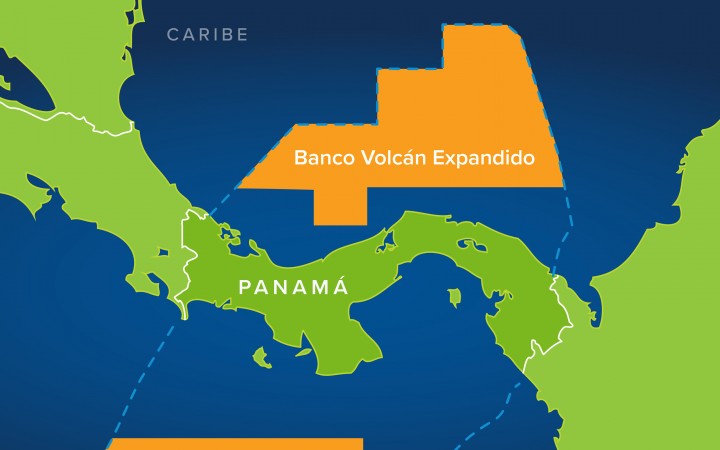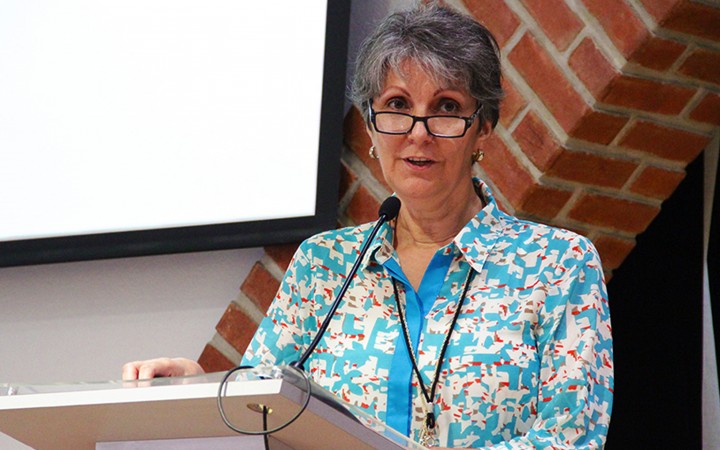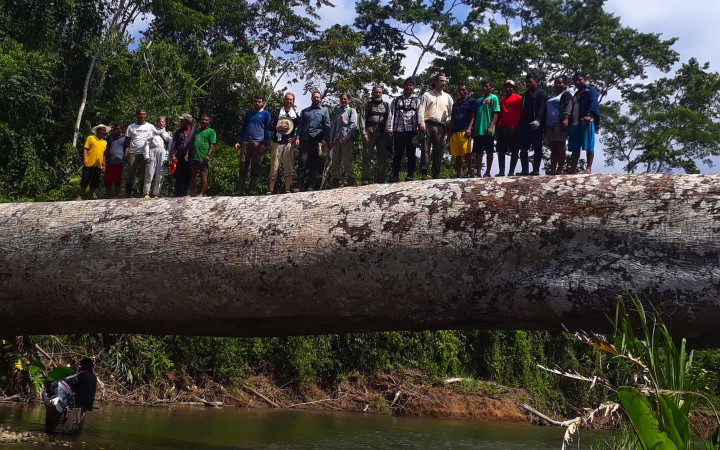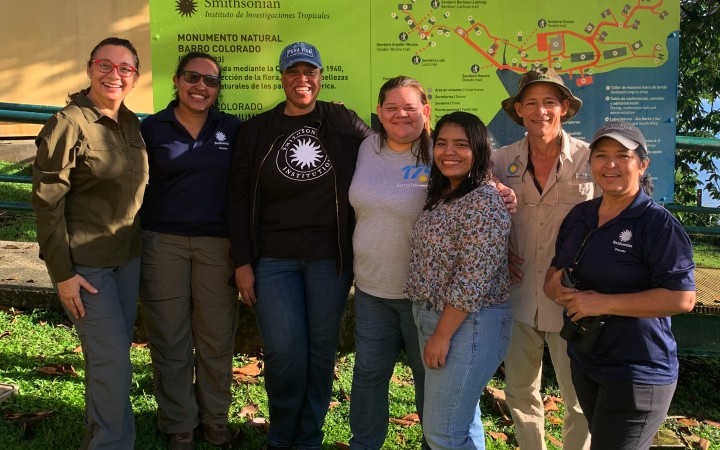Commitments, partnerships, and hope: The Smithsonian at the Our Ocean Conference in Panama
The 8th Our Ocean Conference concluded with 341 commitments worth nearly $20 billion, including the expansion of Banco Volcán Managed Resources Area in the Panamanian Caribbean that led Panama to protect over 54% of its oceans.









